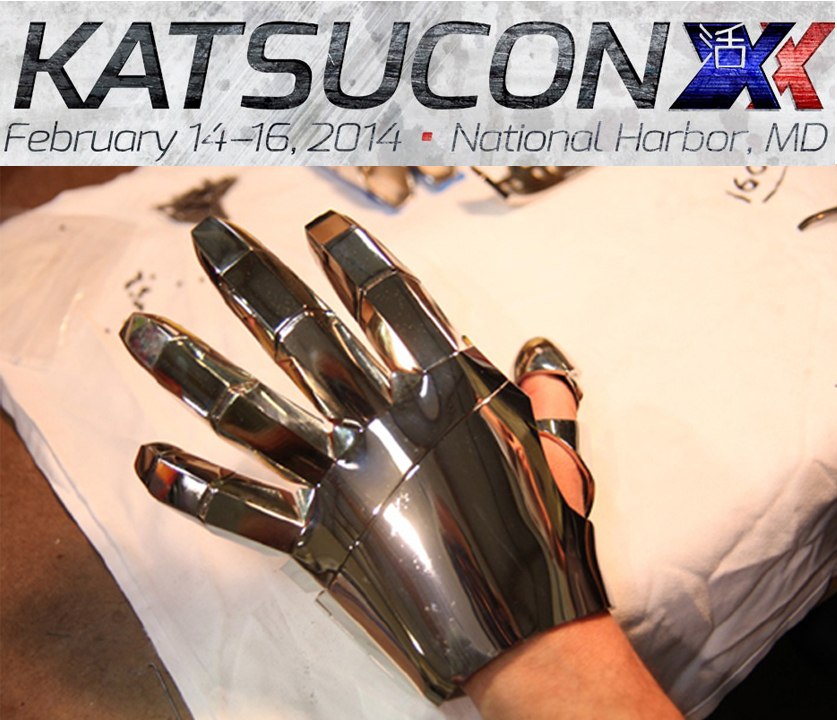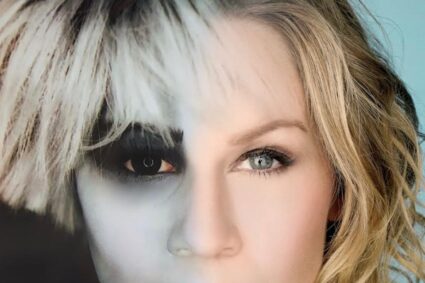
There was a flurry of activity this past weekend at Katsucon XX; this is the premier animators convention in the DC area offering three straight days of nonstop programs and activities. Without a doubt costume play or (cosplay) is the predominate participation at the event; everybody does it. Today we will examine the future of cosplay.

When I first learned about 3-D printing there was some controversy surrounding its commercial development over fear of weapons manufacturing. I myself was more excited about the potential for tangible animations, like costumes and model building. Imagine a costume that could be printed and designed specifically for you; like a tailored suit. You could print and assemble props with mechanical applications and design custom accessories. Katsucon XX offered a live demonstration and discussion of quintessentially the future of costume prop design and model making, 3-D printing.
[youtube=http://youtu.be/mA4KsZl5YMw]
Desktop 3D printing is relatively a new technology. You can print with a variety of materials such as metal, ceramic, plaster, rubber and plastic. It’s not easy, there’s a lot of trial and error involved when printing and assembling custom designs. With AutoCAD the output of your designs has to be watertight, one continuous solid or mesh. You can’t have large masses connected by a thin stem or else your model could break. The shell and wall thickness must also meet minimum requirements. There’s a growing library of pre-built models, some of them are cool but their mostly trinkets and stuff not even worth the material their made out of, so before you even think about purchasing a 3-D printer you should brush up on your computer modeling skills. Once those skills are honed your designs could be mass produced in multiple variations and zero details lost in translation. If you don’t have the time or resources you could always use a 3-D printing service like Proto3000 3D Engineering Solutions.
The higher end 3-D printers can print as small as 16 micrometers thick, so there are no details over looked. Your costume props could be fully textured adding an element of realism. These printers print so small they actually use molecules for ink. They’ve made pharmaceuticals this way. Their even experimenting with using living cells as ink (bio ink) which could be used to print living tissue or create vital organs from scratch. Could you imagine parts of your cosplay costume being a permanent application; like a 3D tattoo?
Conceptually 3-D printing has no bounds. Robots already exist for all types of purposes. Major advancement in 3D models could be possible through electromechanical systems and unlimited magnetic vortex technology. Magnetic vortex technology is a technology still in it’s experimental stage but looks promising. A copper wound vortex once calibrated through sound frequency’s can recycle static in the air endlessly. Imagine not having to rely on the power grid!
There’re similar experiments through the use of quantum levitation, a technology that utilizes magnetic flux lines pinned inside a cooled ceramic superconductor. You can trap objects in mid air or have them glide along a magnetic track. There’s already similar technology with MAGLEV trains in Germany and Japan, their fastest trains in the world. I’m thinking a superconductive ceramic material could be formed from a 3D printer. They do have 3D printers that print porcelain. Or you could just rig your 3D printed models with a super conductor and build your own MAGLEV train garden. It would also be great for stop motion animation and rotoscoping because the object stays fixed in place and it’s not touching the ground.
[youtube=http://www.youtube.com/watch?v=zPqEEZa2Gis]

The Replicator X2 is one in-house option but I like the Objet 3D Printers better because their larger and they meet Hollywood standard. The Objet has been used to create models for films such as Marvel’s Iron Man and video games such as Master Chief from Halo.
Conceptually 3D printing holds no bounds, there are some limitation with the current process, sometimes it’s just not logical. Still, it will be interesting to see how cosplay evolves over the the next few years with this applied science. The costumes at Katsucon XX were already good just as and should be improving every year this technology becomes more commercially available. On a side note major improvements were made to the RAVE by it being held in The Potomac Ballroom. I had noted some quality issues in last years’s revue and they have been fully addressed.




